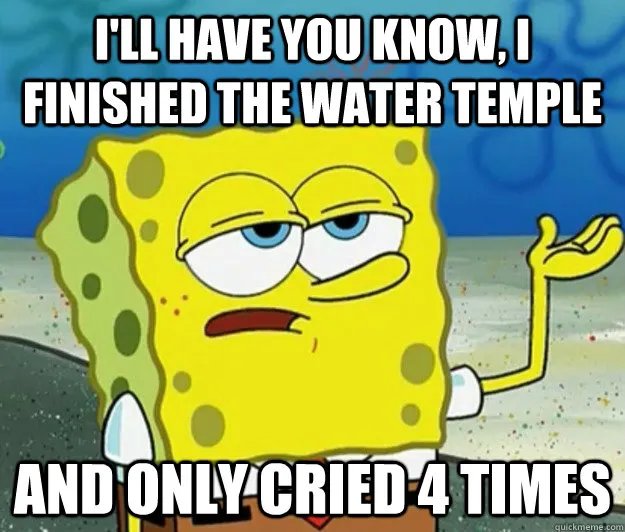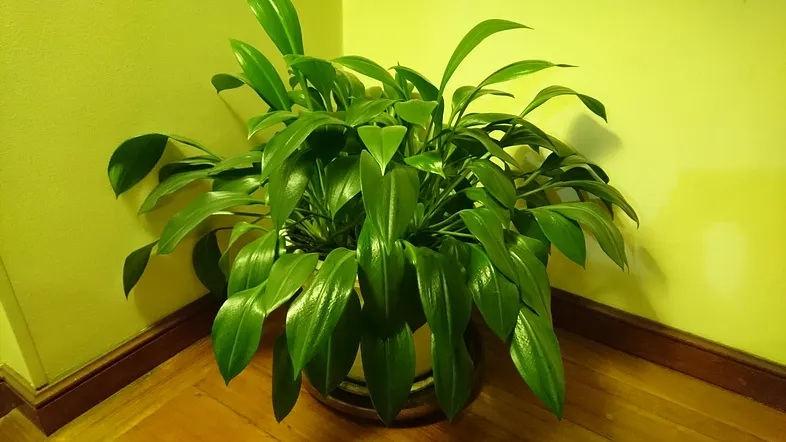IoT Walkthrough: Epilogue
This post was originally published on my old blog in 2017. It has been migrated here for continuity. Don't be to harsh on my old self, it's been a while since I wrote this!
If you are a gamer you may be familiar with the concept of “walkthrough”. If you are not a gamer, and never plan to be one, then let me explain the concept briefly: It is a detailed guide of how complete a game. Simple! When I was younger I used to spend a lot of time in a website called GameFaqs reading these documents, and, most of them were plain txt files with no pictures or even bullets. I really liked walkthroughs because they were written by people who mastered a game and they were willing to write a full manuscript of how they managed to do it. A great way to contribute to the gaming society!

But when I look back to those days (or maybe last week… curse you Breath of the Wild!), what I enjoyed the most of those walkthroughs was that people shared their experience, and made comments along the way (like, “Careful this boss is tough as hell”, or “avoid going to fight Emerald Weapon until Cloud is a at least lvl 80. Emerald will wipe the floor with you :( “). I really liked that and that’s what I want to do now with this series, make them into a walkthrough like blog series. I want to be able to tell you stuff like “beware of connecting the wifi module to the 5V input, that much voltage will obliterate the module”, if I can save you a couple of hours or bucks along the way it would be “mission accomplished” for me.
My other goal is to keep the technical stuff to a minimum. Lets face it, reading about tech stuff can be really boring even for people like me. So if you are not interested in the details of a particular implementation I will let you know if you can skip that part. deal?
Something I cannot do is take out all the geek references you will find along these series of posts. They are coded into my DNA so bear with me please. (I remember the time when I slipped an easter egg in an app. If someone logged in with the user “prince” and password “ofpersia” something interesting happened…)
This walkthrough is all about IoT and my experience while implementing IoT projects. For this series I’m sharing my attempt to make a system that would take care of my plants when I am away from home. It all started as a little side project six months ago, but the idea was “planted” into my brain a couple of years ago by a colleague when he made a joke about “watering my beloved plant by cellphone” and I replied with something along the lines of “Challenge Accepted”.

As I said in another blog entry, I am a consultant, and as a consultant from time to time I have to travel for long periods of time. My family lives in another city so when I go to visit them I do it for 1 or 2 weeks. Bottom line is I spend a lot of time out of home, which I enjoy because I have no one to take care of. Or so I thought! I happen to have 3 little pet plants, that is the closest thing that I will be of having children. Luckily they know how to take care of themselves without me most of the time, except when I am away and here is where IoT comes into play. I could create something to help me water my plants when I am gone.
And thus began my IoT journey to develop a life support system for my plants. How hard could it be? It is actually very hard, you have to master (or maybe have a solid knowledge of) a lot of disciplines and do a lot of research, learn about coding, internet, UX, hardware, embedded systems, networking, protocols, so on and so forth. Lucky me I am an electronic engineer and I like that kind of torture, I think it is in my nature to want to learn about everything… or die trying.
In the next article I will try to explain the problem scope of my IoT application.
The next article never came, but I did end up building a smart watering system for my bonsai. I'll share about what I learned eventually...